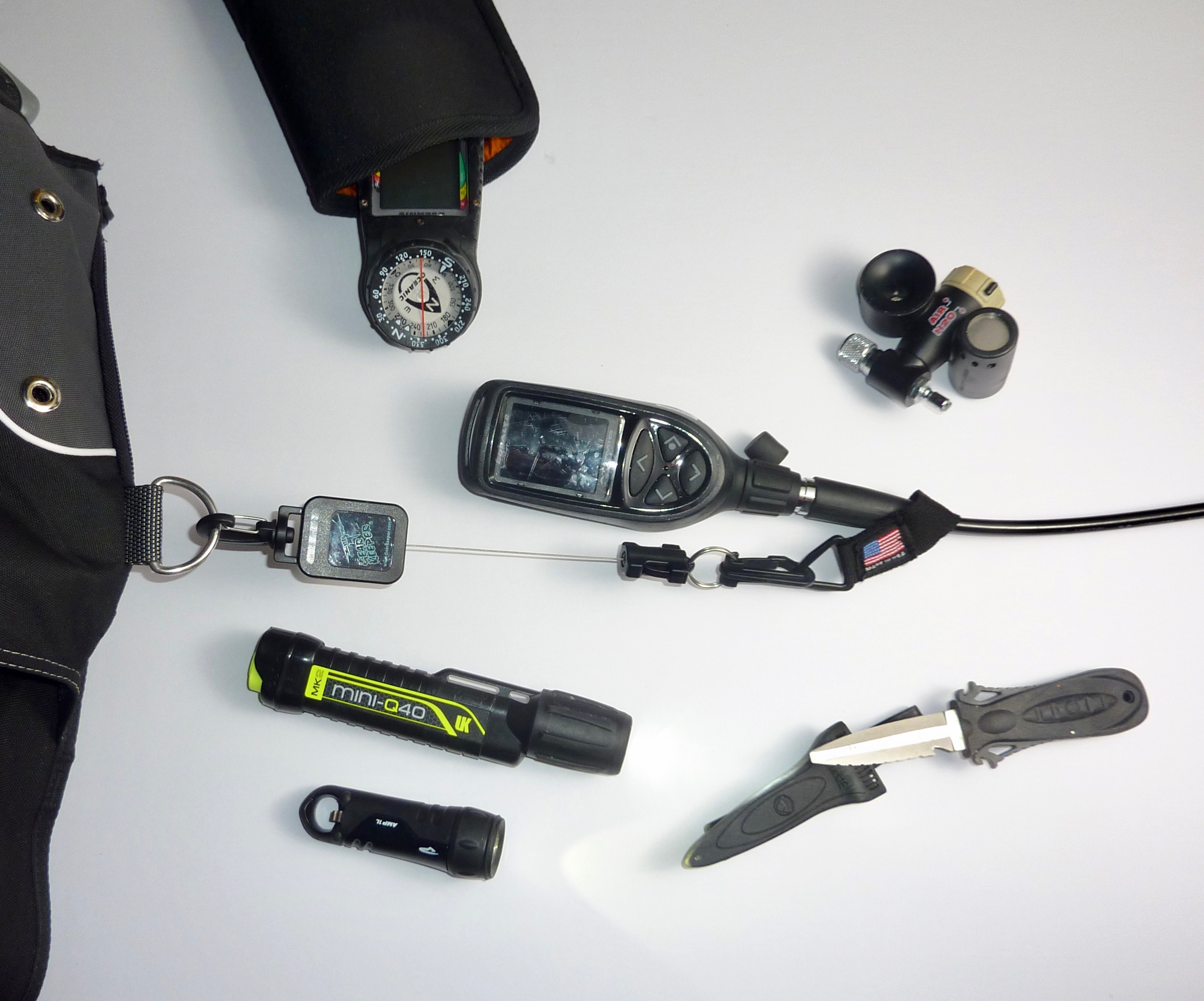I have been diving with a clear silicone mask skirt since the mid-80s when my old black neoprene skirt mask finally gave up the ghost. The neoprene had deteriorated to the point of leaving a black ring on my face. Like most of the diving world, I found the silicone skirt comfortable, well sealing and long-lasting. I never looked back. Now you can’t even find a neoprene mask on the market.
But divers began to crave the benefits of a black skirt in the late 90s and black silicone made inroads in the market. It was just as supple and durable as the clear silicone only it offered benefits over the clear.
Recently, the skirt on my old clear skirt silicone mask (probably 15 years old) split on a dive trip and I had to borrow a mask that was black. And there was a difference both in advantages and disadvantages.
So what kind of mask should you use diving? Let’s take a look at advantages and some of the disadvantages of each.
CLEAR SKIRT MASKS:
Advantages: The clear silicone masks give a lighter appearance on the face. The skin’s natural color, features and character comes through well. With this in mind, the clear mask is a definite advantage for the underwater model. Light penetrates the mask better illumination of the face without harsh shadows.
Another advantage of the clear masks is that it gives the illusion of improved peripheral vision. While it is debatable that you can actually see more, it definitely feels that way. It does help in tracking your buddy’s light during a night dive.
Disadvantages: Because light penetrates all the way around the mask, there can be flares, reflections and glare that can be distracting, especially to photographers. This can be a nuisance, especially in clear water with the sun directly overhead.
Clear skirt masks show wear and age more profoundly. “Crystal” skirts will scratch if not protected. They will also yellow, especially if stored around black neoprene.
BLACK SKIRT MASKS:
Advantages: Marine life can be very sensitive to eye contact. The black skirt hides the eyes, allowing the diver to approach closely. This is one of the reasons this kind of mask is popular with photographers and spearfishers.
Without the distracting sidelights, black skirt masks allow the diver to better focus in on details such as camera viewfinders and animals or underwater features on the edge of visibility. They are especially helpful in dark waters or while hunting. Again, another popular feature for spearfishers.
Disadvantages: The black skirt mask gives a feeling of tunnel vision, which can be more claustrophobic. It is for this reason they may not be the best choice for beginning divers.
Selection both in models and frame colors is much more limited in black skirt masks. Many models are not even available with black skirts. Those that are, frequently have no or limited color frame choices. If you are fashion conscious, you may want to avoid black skirt masks, and if you have a tough to fit face, you may have to work a bit harder to find a black skirt mask that fits properly.
CONCLUSIONS:
I now own both. I have learned that on dive trips there are certain pieces of gear that you need to have redundancy, masks being one of them (some divers even carry a spare mask with them in the water). Masks fail, which can ruin a dive and a dive trip (as it almost did to me, except I was able to borrow somebody’s spare). They can also be crushed in transport either by careless bag handlers, a falling tank, or a stupid taxi driver (a driver once backed up over my dive bag). Also, in different conditions and situations you would be more comfortable and effective with a different tool. In comparison to your other dive gear investments, masks are relatively inexpensive. Own two, one of each.
One final comment: take care of your masks. Keep them in a case to protect them, not just from crushing but also from lens and skirt scratching, and tears in the skirt caused by repeated crushing and discoloration.
Special thanks to IST Sports for assistance in creating this article.









